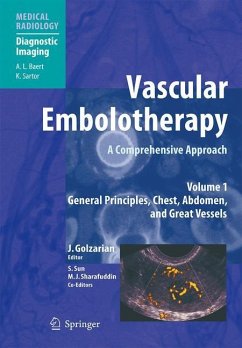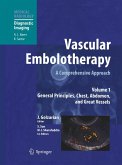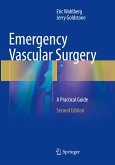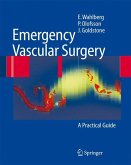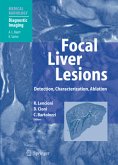Endovascular embolization therapy has made remarkable progress during the past two decades, driven primarily by improvements in digital imaging, breakthroughs in microcatheter technology and coil design, and the development of new embolic materials. Initially employed in the management of musculoskeletal trauma, embolization therapy now has a wide range of applications. It permits effective non-operative management of major hepatic, splenic, and renal injuries that once posed a tremendous challenge to the trauma surgeon and has also become an integral facet of the modern oncology center.
Further important indications include uterine fibroids, vascular malformations, visceral aneurysms and GI bleeding. This volume and volume 2 present the current state of the art in this exciting and growing field. High informational content is supplemented by detailed graphics, providing a comprehensive reference work for both experts and novices in the field.
Hinweis: Dieser Artikel kann nur an eine deutsche Lieferadresse ausgeliefert werden.
Further important indications include uterine fibroids, vascular malformations, visceral aneurysms and GI bleeding. This volume and volume 2 present the current state of the art in this exciting and growing field. High informational content is supplemented by detailed graphics, providing a comprehensive reference work for both experts and novices in the field.
Hinweis: Dieser Artikel kann nur an eine deutsche Lieferadresse ausgeliefert werden.

